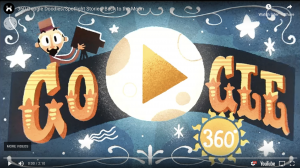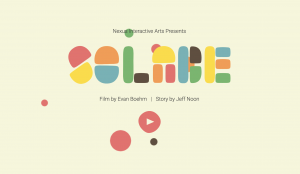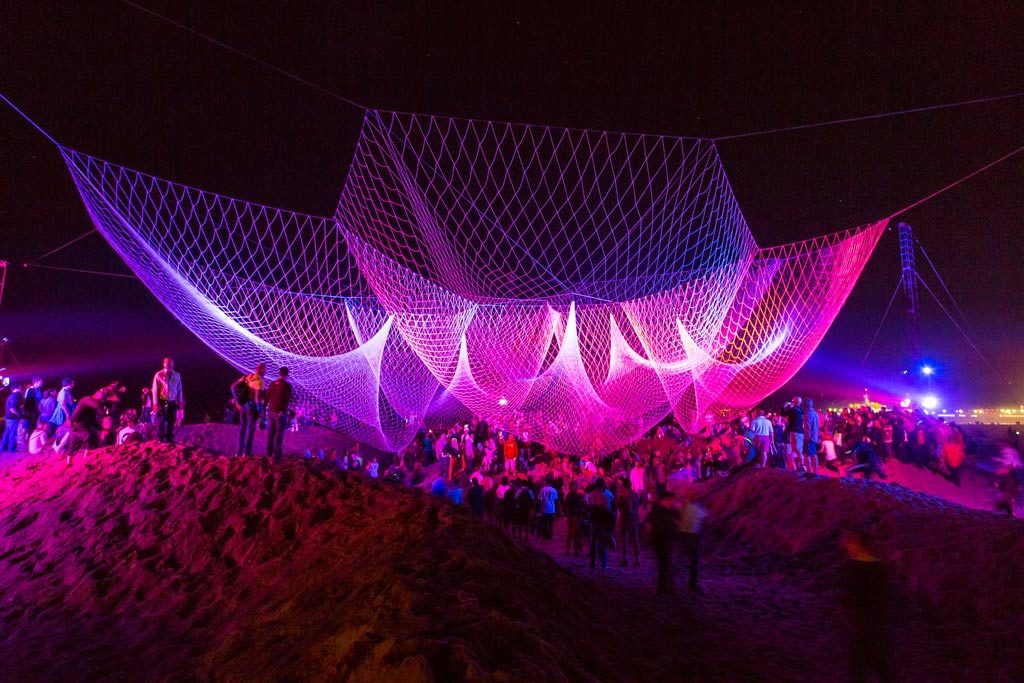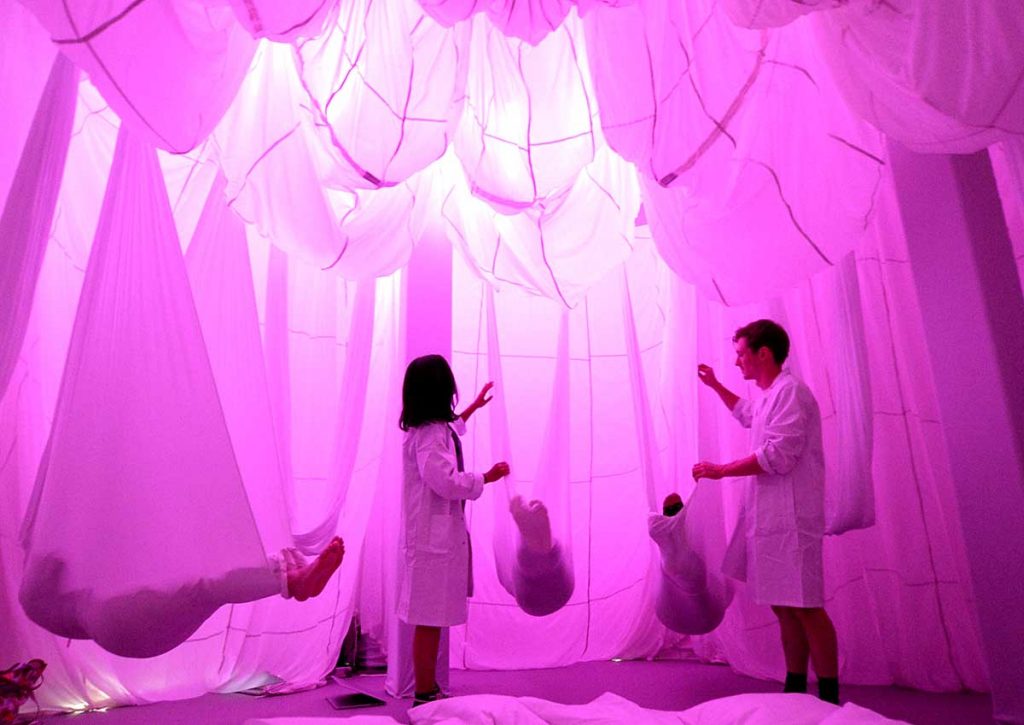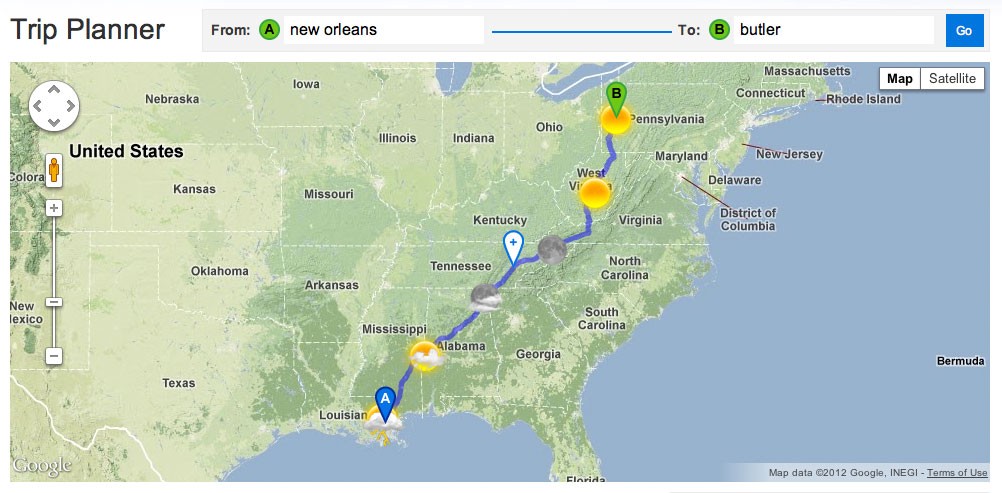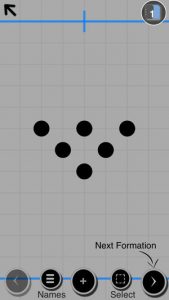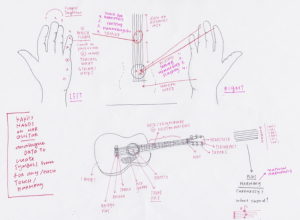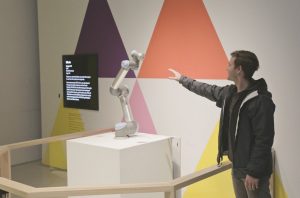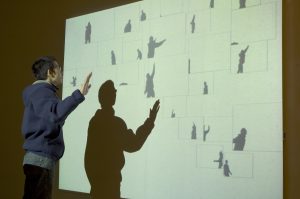My final project is going to be focused on typography and type interactions. I want to explore different ways I can enhance the reading experience of a poem on screens. I looked around for artists who worked with text interactions within javascript, and found some pretty interesting people.
The first project I want to talk about is programmer and poet Allison Parrish’s Articulations, which scans over a ton of open source poetry and generates smaller poems based on them. Her work is an art piece and a critique on social norms, since it points out trends in poetry that highlight what humans are most compelled to write expressively about. Articulations is a compiled book, which I also find inspiring that something as technical as coded poetry can be published into a physical book.
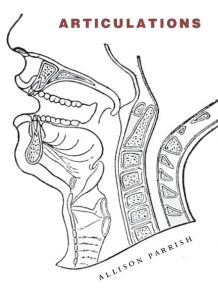
The other project I found was a lot different. Artist Bruce Luo creates processing sketches that imitate natural and organic movements, such as wind and rock formations and waves. One of his sketches in particular, Ripples (shown below) is just a really beautiful animation that relies on mouse activity.
(caption) Ripples is an interactive sketch that creates both randomized movement and movement dependent on mouse position.
In our final project, I want to synthesize ideas from both of these projects. Parrish’s generative poetry is a really interesting way to combine the use of code and type, and as we continue to brainstorm how we implement our chosen poem into our project, I’ll continually think of how she did this as inspiration. I also want to use a similar interaction to Luo’s, except with our project I plan to make moving objects all based on type.
![[OLD FALL 2018] 15-104 • Introduction to Computing for Creative Practice](https://courses.ideate.cmu.edu/15-104/f2018/wp-content/uploads/2020/08/stop-banner.png)
